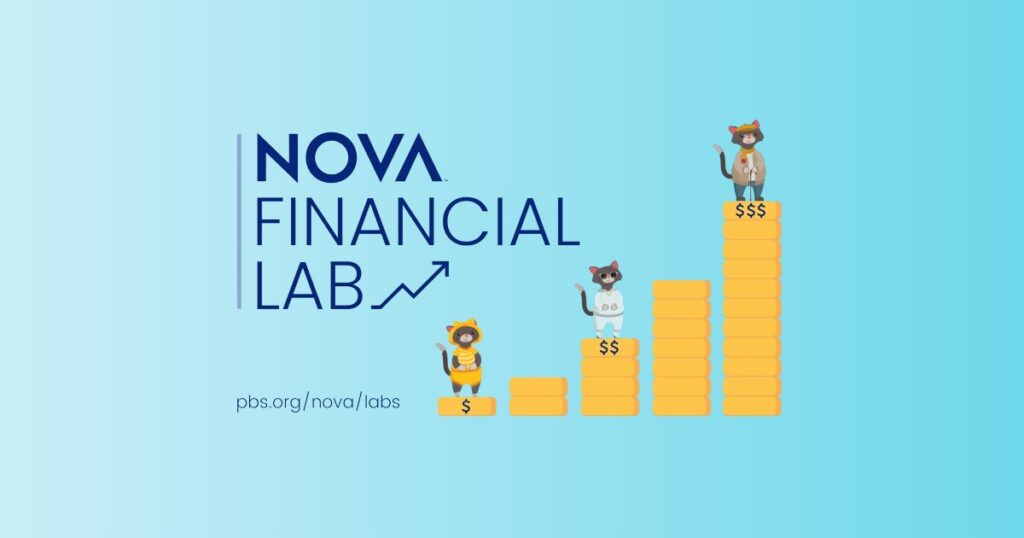
Grades 9-12

Don't have an account yet? Sign up for free
Don't have an account yet? Sign up for free
Students will be able to:

In this personal finance lesson, students will evaluate wants and spending.
Warm-Up
Give each student $10 Play Money. Ask them to pretend it is real and share three things they would do with the money they have received. Allow students an opportunity to share their ideas.
Tell students that everyone must choose. People from any background must address the problem of wanting more than they can have. For many people the problem of choice is most apparent when they enter the marketplace as consumers. Everyone must learn to evaluate the options available to them. But how does one know how to spend money wisely? This lesson is designed to help us when we are making informed financial decisions.
Modeling
Open the PowerPoint slides – Josh Has Many Wants. Read the story. Review the discussion questions as a review. Encourage students to think back to the warm up activity and consider the three things they would do with $10. Challenge students to draw or write the three alternatives they have considered on the back of their play money. Challenge them to think of the benefits and costs of each alternative. Have them rank order their three options by putting a #1 by their first choice, #2 by their second choice and #3 by the third choice.
Group Activity
Divide students into teams. Open the PowerPoint slides – Josh Decides to Spend. Read the story. Review the discussion questions at the end of the deck. Remind students that Josh provides us with a great lesson in realizing that sometimes there are more costs to consider than the initial price when choices are made.
After the reviewing the slide, divide students into teams of 3-4. Print and distribute one of the Pet Cards to each team. Print copies of the graphic organizer and give each group a graphic organizer. Have them place their pet in the center and then have them brainstorm added costs associated with owning a pet just like Josh had to do. Have each group share their graphic organizers.
Individual Activity
Tell students that it is easy to want many things in stores that seem interesting. It is important to learn to budget money in order to save for special purchases. Print copies of the blank graphic organizer. Have them write or draw a picture of something they would like to have in the center circle. In the circles outside, have them identify ways they could save to reach their purchasing goal.
Print one copy of Thumbs Up, Thumbs Down. Read statements to students. If students feel the statement is a wise decision as it comes to spending, they will put their thumb up. If they disagree, they will put their thumb down. Statement stems are uploaded.
Activity 1
Ask the students in the class if they have pets. Make a list on the board for students to review. If the students are able, have them do a small amount of research about their pet and ask them to find out how much it costs to feed their animal for one week. Students may rank which animals are easy, moderate or hard to care for, as well as inexpensive, moderate, or expensive to feed. It would help to place the answers in a chart like form on the board.

Grades 9-12

Grades 9-12

Grades 9-12

Content Partner
Grades 6-8, 9-12
